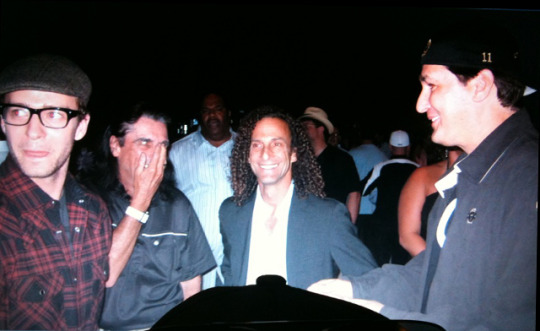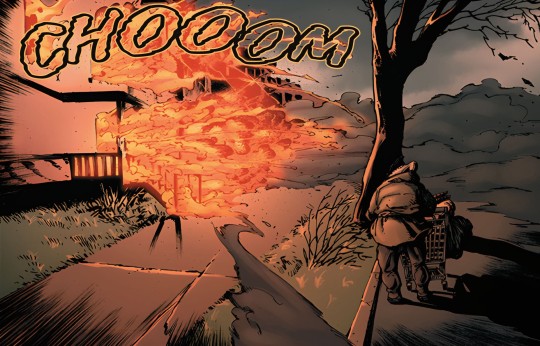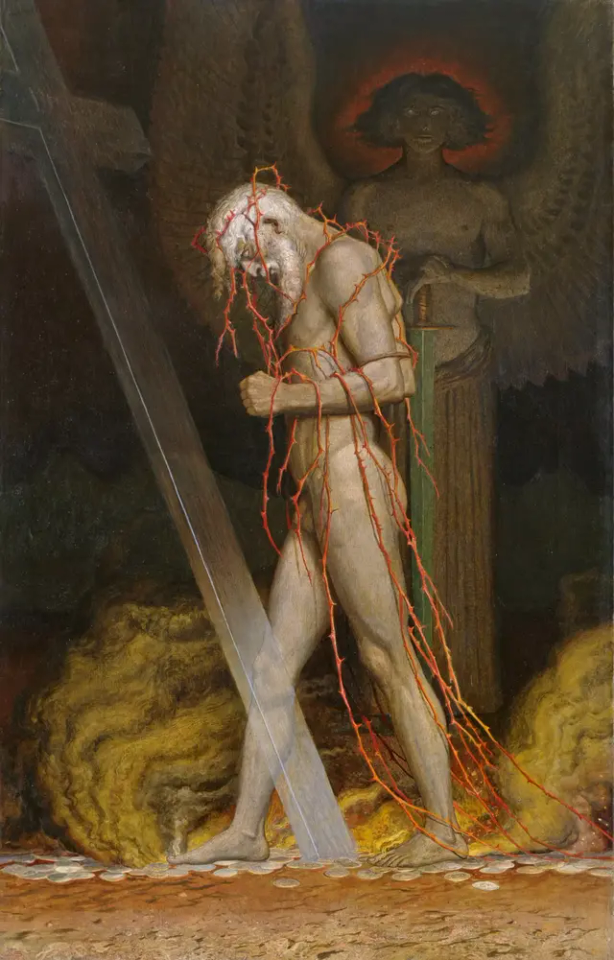#Hellmuth
Text










From Ghost Rider: Final Vengeance #004, “Thou Shall Not”
Art by Danny Kim and Bryan Valenza
Written by Benjamin Percy
#ghost rider: final vengeance#ghost rider#parker robbins#johnny blaze#zeb#hellmuth#abraham davis#marvel#comics#marvel comics
12 notes
·
View notes
Text

German Patent and Trademark Office (1953-59) in Munich, Germany, by Franz Hart & Georg Hellmuth Winkler
#1950s#office building#concrete#architecture#germany#nachkriegsarchitektur#nachkriegsmoderne#architektur#munich#franz hart#georg hellmuth winkler
67 notes
·
View notes
Photo










Wood Engraving Wednesday
HELLMUTH WEISSENBORN
The painter, illustrator, and wood engraver Hellmuth Weissenborn (1898-1982) was a German exile who fled to the United Kingdom in 1939, where he became a successful book illustrator, freelance graphic artist, and private press publisher along with his wife Lesley Macdonald. When Weissenborn died, Macdonald donated all of his wood and Perspex blocks to John and Rosalind Randle’s Whittington Press. These blocks have been used extensively by the press over the years.
The first 7 images shown here are hand-colored prints from Weissenborn’s blocks printed at Whittington for a broadside titled Malá Zahrada Vysázená pro Matrix 26 Hellmuthem Weissenbornem, printed on handmade Czech Velké Losiny paper in 2006 in an edition of 80 copies. Another uncolored version of the broadside was folded into the Whittington Press’s journal for printers and bibliophiles Matrix 26 for an article by Amsterdam bookseller Willem Keizer on the “Hand-made Paper from Velké Losiny” printed in an edition of 760 copies, Winter 2006, pp 113-118.This issue also includes an article by William Waterhouse on the Weissenborn family, “Musicians and Graphic Artists: the Weissenborns of Leipzig and London,” pp. 159-164.The last three images include wood engravings from Matrix 26 by Helmuth Weissenborn.
Our copies of both the broadside and the journal Matrix are another generous donation from our friend Jerry Buff.
View more posts that include work by Helmuth Weissenborn.
View more posts from Matrix.
View more posts related to the Whittington Press.
View more posts with wood engravings!
#Wood Engraving Wednesday#wood engravings#wood engravers#Hellmuth Weissenborn#Lesley Macdonald#Whittington Press#John and Rosalind Randle#Matrix#Matrix 26#broadsides#Velké Losiny paper#fine press books#Jerry Buff#Malá Zahrada Vysázená pro Matrix 26 Hellmuthem Weissenbornem
67 notes
·
View notes
Photo

Warum hast du mich wachgeküsst? (1967), dir. Hellmuth Costard
71 notes
·
View notes
Text

Hellucard old and Hellucard probably dead for a very, very, very long time 😃👍🏻
#mod Scilou art#Eddsworld#design#Eddsworld Hellucard#ew Hellucard#fan name tags ➡#Eddsworld Hellmuth-Carl#ew Hellmuth-Carl
11 notes
·
View notes
Text



5 notes
·
View notes
Text

Max and his wife Feb 1941
0 notes
Text
Antecedentes de la Segunda Guerra Mundial
Antecedentes de la Segunda Guerra Mundial, según el historiador alemán Hellmuth Günther Dahms.
#Historia #SGM
HISTORIA DE LA SEGUNDA GUERRA MUNDIAL, ANTECEDENTES HISTÓRICOS, POR HELLMUTH GÜENHER DAHMS.
VER ÍNDICE DE LA OBRA POR CAPÍTULOS.
Las potencias al despuntar el siglo XX.Estalla la Primera Guerra Mundial.El Tratado de Versalles.El período de entreguerras.
Las potencias al despuntar el siglo XX.
Las guerras no empiezan por casualidad. Frecuentemente son provocadas por el deseo de notoriedad o…
0 notes
Text
Why Pocket Nines Are Called 'Phil Hellmuth'?

Phil Hellmuth is a highly successful professional poker player who has won numerous World Series of Poker (WSOP) bracelets. However, he is often associated with pocket nines (a pair of nines as hole cards) due to a famous hand he played during the 1989 WSOP Main Event.
In that particular hand, Hellmuth famously made a remarkable call with pocket nines against Johnny Chan, a two-time WSOP Main Event champion. Hellmuth correctly read Chan's hand and made a heroic call that led to him winning the tournament and becoming the youngest Main Event champion at the time.
Since then, pocket nines have been sometimes referred to as the "Phil Hellmuth" hand or associated with his successful play. It's important to note that this association is more of a nod to Hellmuth's memorable moment and achievement rather than an established hand name recognized throughout the poker community.
0 notes
Text










From Ghost Rider: Final Vengeance #002, “Vengeance Is Mine”
Art by Danny Kim and Bryan Valenza
Written by Benjamin Percy
#ghost rider: final vengeance#ghost rider#parker robbins#mephisto#hellmuth#zeb#johnny blaze#marvel#comics#marvel comics
18 notes
·
View notes
Text
It came from outer space~
1 note
·
View note
Text





THE DARK ART OF SASCHA SCHNEIDER
Sascha Schneider (1870-1927) was a German Symbolist painter known for his dark, homoerotic works exploring themes of power, desire, and the occult. His mind was plugged into another part of the dark side that many of us will never know
Hypnosis, 1904
In this painting, the powerful muscular figure is sending out mesmerizing forces of energy over the more passive counterpart, therefore embodying tension between dominance and submission. Much of this composition was greatly influenced by Schneider's personal struggles with his identity and relationships, especially in his rocky affair with fellow artist Hellmuth Jahn.
Judas Iscariot, 1908
This is the portrayal of Judas in a moment of intense inner turmoil right after his betrayal of Christ. This work adheres to the themes related to guilt and betrayal. Schneider, who suffered rejection from society due to his sexuality, may have related to Judas' struggles, with the tension that lay between personal identity and societal expectations.
Triumph of darkness, 1896
This is a piece showing a powerful figure coming out, so to speak, of what could be interpreted as a dark, swirling mass, symbolizing the fight against despair and embracing one's subconscious. Dominance over darkness by the figure can be equated with Schneider's quest for self-acceptance and artistic liberty, especially being gay in a rather conservative society.
Mammon and his Slave c. 1896
This artwork depicts a dominating powerful male figure, Mammon, the demon of greed, over a small, emaciated figure (enslaved human soul). In it, one sees Schneider's expressions on how materialism can vitiate the human spirit. Being gay in a repressive society, he would likely identify the enslaved figure with his own struggle for self-acceptance.
The Anarchist 1894
The muscular male figure, epitomizes the archetype of an anarchist standing in an attitude of defiance against norms and constraints of society.This is an important theme to the artist, which concerns the quest for freedom and self-expression; thus, The Anarchist is a strong social commentary about individuality and standing up against oppression.
133 notes
·
View notes
Photo


Warum hast du mich wachgeküsst? (1967), dir. Hellmuth Costard
48 notes
·
View notes
Text

The most famous of Hellmuth Walter's rocket motors was the Kiel Kommandogesellschaft HWK 109-509A-2 bi-propellant liquid-fuelled rocket motor that powered the Messerschmitt Me.163 Komet.
@ron_eisele via X
15 notes
·
View notes
Video
youtube
Oie Kirr
10 notes
·
View notes